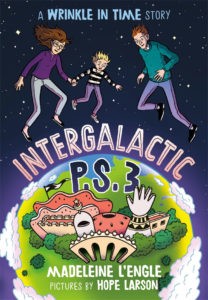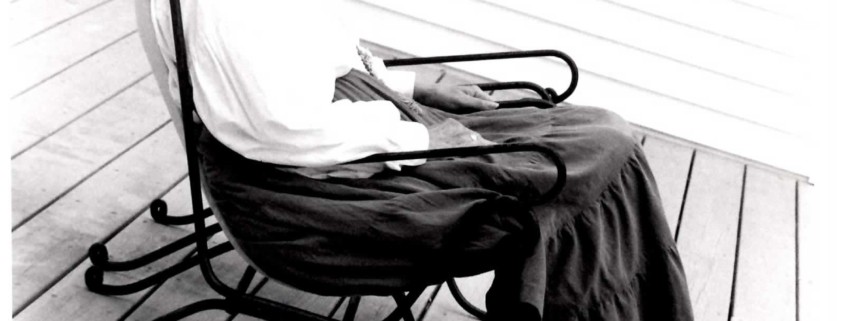Children’s Book Week: Is it Good Enough for Children?
My youngest daughter and I read a picture book by Madeleine L’Engle the other night. We hadn’t shared The Other Dog before, so we sat smooshed in an armchair with it, each of us holding a cover.
And we laughed: it’s a good book. The dog, Touché, L’Engle Franklin, is upset over a “new dog” in the house. Throughout the story my child was correcting Touché, interjecting some logic into this cute, silly story.
It was a good book, we decided. A good book by Madeleine’s standards; and that means something extra coming from a 7-year-old.
Kids’ reads are being feted as we speak: April 29-May 5 is the 100th anniversary of Children’s Book Week. To celebrate, we’re sharing on the blog today an essay Madeleine wrote on the subject of story and writing for kids. This piece is a banner one. “Is It Good Enough For Children?” sets up the risks of stripping the magic or truth from children’s books.
“The only standard to be used in judging a children’s book is: Is it a good book? … Because if a children’s book is not good enough for all of us, it is not good enough for children.”
She’s right, you know. From my circulation desk in an elementary school, checkouts veer toward stories (fiction or nonfiction), not dry recitation. A title called Telling the Truth (or something like that) hasn’t been checked out since I was in grade school. Meanwhile, I can’t keep Raina Telgemeier’s graphic novels on the shelf.
But declaring a kids’ book “good” requires some reading — and Children’s Book Week is a great opportunity to add to your TBR pile. Which on the lists would you call good?
Tesser well,
Erin F. Wasinger, for MadeleineLEngle.com.

P.S. Did you know that Intergalactic P.S. 3 was originally published by the Children’s Book Council for Children’s book week in 1970? This novella became A Wind in the Door.

 Ken Lewis
Ken Lewis
